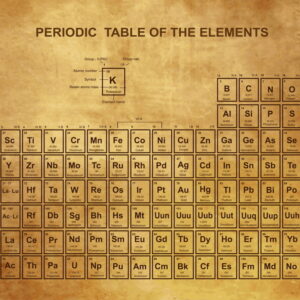Book Extract-
“With Nat-m. we can, as an example, use ‘anxiety after dinner or after the main meal’. This is a Psoric symptom triggered by the intake of nourishment. But it may also be indifference towards nourishment, and according to the situation may be an Egotrophic or Egolytic symptom. If indifference towards nourishment is due to a desire to die and the patient is not interested in life, the symptom is Egolytic. If the reason is that he feels elevated above physical food, the symptom is Egotrophic.
This dynamic connection gives us the possibility of understanding, why one type can be so different and react in such a different manner – opposite and contradictory in relation to what we have learned from the more static Materia Medica. Hahnemann says that the remedy must be just as dynamic as the disturbance of the Life Force. Our picture of a remedy must be just as dynamic in order that we shall be able to find it. It must stand in the light of one large Theme which can consist of two, three or four Guiding Motives, but together it must form one large ‘argument’, and on this basis we can prescribe on a totality picture. First then can we say that we have understood the patient and know what his remedy is, as if it were a good friend.
The individual symptoms, what they are called and how they look is not so important. They have already done their work, by making it possible to set up this general ‘argument’, and now we are able to recognise this ‘argument’ in its different variants with different people. Just as we are able to recognise a person even if he has taken his glasses off, has had a haircut, coloured his hair, put on a fake nose, and has totally different clothes on than we have ever seen on him before. First then have we freed ourselves from the symptom and can now prescribe on the basis of a totalling wholeness. In this way we get multi-dimensional pictures instead of the classical flat and stereotyped symptom picture.”
Per Neesgaard- Hypothesis Collection
The Hypotheses have all been worked out according to the method of analysis given by Alfonso Masi Elizalde.
The purpose of such an analysis is to establish a Hypothesis to explain the Primary Psora and the Miasmatic Dynamic of the remedy concerned…
£180,00



